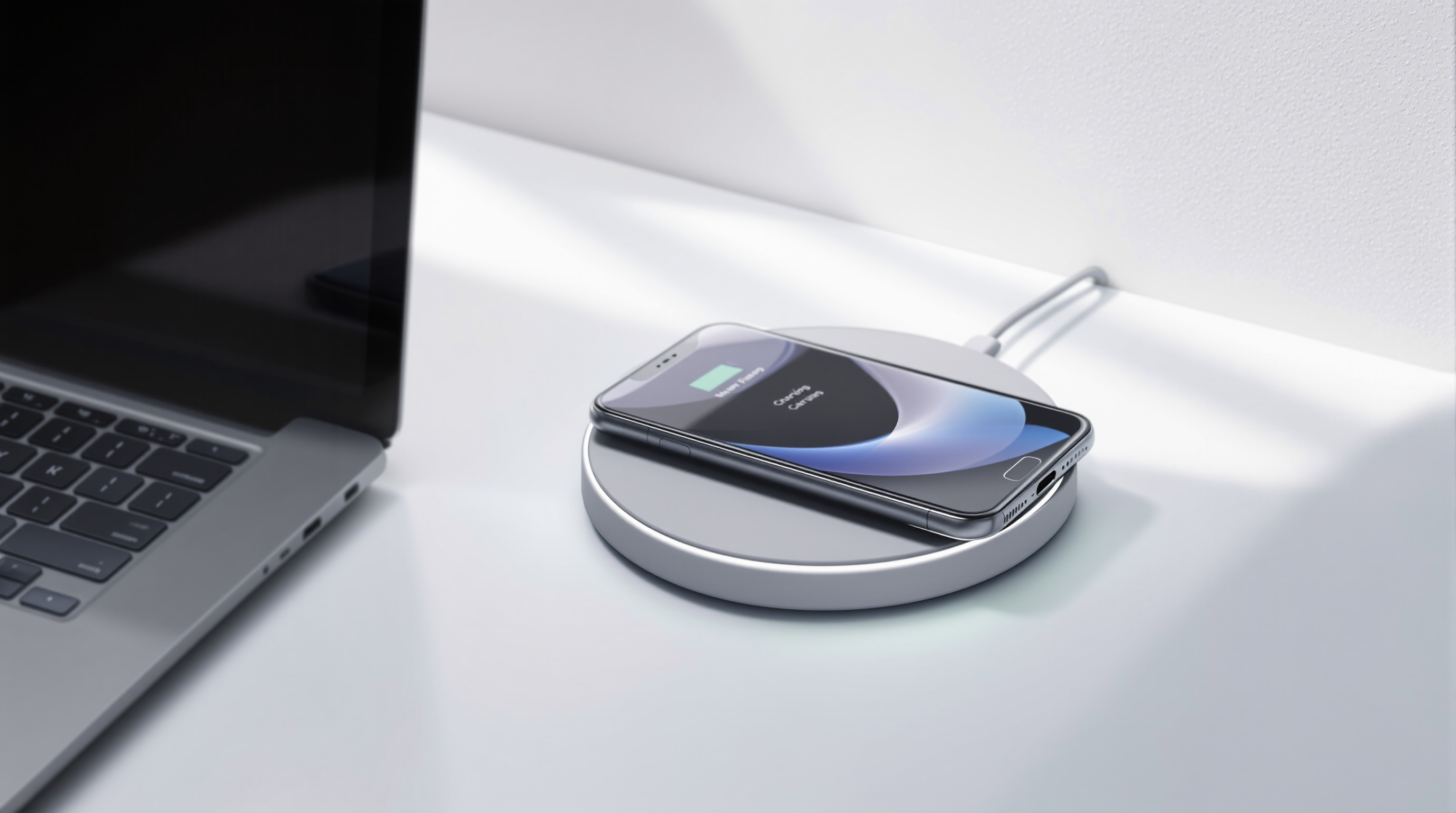

6 Best Electronics Gadgets You Should Know About
The consumer electronics market continuously introduces innovative gadgets that combine advanced technology with practical functionality. These devices showcase design excellence, technical innovation, and user experience refinement that define modern electronics.
Wireless Earbuds with Active Noise Cancellation
True wireless earbuds have evolved from basic audio playback to sophisticated devices incorporating active noise cancellation (ANC), transparency modes, and adaptive equalization. Modern implementations use advanced digital signal processing to analyze ambient sound and generate inverse waveforms that effectively cancel background noise.
The miniaturization required to fit ANC circuitry, batteries, Bluetooth radios, and high-quality audio drivers into compact earbud packages represents impressive engineering achievement. These devices demonstrate how semiconductor integration and battery technology advances enable new form factors.
Quality varies significantly across models. Premium offerings provide superior sound quality, more effective noise cancellation, better fit comfort, and longer battery life. Features like multipoint Bluetooth connectivity, wireless charging cases, and water resistance add practical value for daily use.
Smart Home Hubs and Automation Controllers
Smart home ecosystems require central coordination between diverse connected devices. Dedicated smart home hubs provide this coordination while offering voice control, automation routines, and unified device management across multiple manufacturers' products.
According to NIST's Cyber-Physical Systems division, interoperability standards are critical for smart home device ecosystems. Hubs that support multiple protocols (WiFi, Zigbee, Z-Wave, Thread) provide better device compatibility and more reliable automation.
These controllers showcase embedded systems integration, wireless protocol expertise, and cloud connectivity that characterize modern IoT devices. Understanding the technical architecture helps appreciate the engineering complexity behind seemingly simple voice commands.
Portable Power Stations
Portable power stations combine lithium-ion battery packs with AC inverters, DC outputs, and USB charging ports in integrated units. These devices evolved from simple battery banks to sophisticated power systems capable of running laptops, small appliances, and emergency equipment.
Technical considerations include battery capacity (watt-hours), inverter power rating (continuous watts), charging input options, and output protection features. Quality units incorporate battery management systems monitoring cell voltages, temperature, and charge/discharge rates to ensure safety and longevity.
The power electronics required for efficient DC-AC inversion, multiple voltage regulation, and battery management demonstrate complex circuit design. Solar panel input capability adds versatility for extended off-grid use or emergency preparedness.
High-Resolution Action Cameras
Modern action cameras pack impressive imaging capabilities into rugged, compact packages. Features include 4K or higher video resolution, advanced image stabilization, waterproof housings, and wireless connectivity for remote control and content transfer.
The technical achievement involves integrating high-resolution image sensors, powerful video processing systems, electronic stabilization algorithms, and battery power in devices weighing just ounces. Thermal management becomes critical when processing 4K video in sealed waterproof enclosures.
These cameras demonstrate how consumer electronics benefit from advances in image sensor technology, video compression algorithms, and low-power processing architectures. The same technical foundations support applications from consumer action cameras to industrial inspection systems.
Wireless Charging Stations
Multi-device wireless charging stations provide simultaneous charging for phones, smartwatches, and wireless earbuds through Qi inductive charging. Premium models include fast charging support, foreign object detection, and thermal management to prevent overheating.
Wireless charging operates through electromagnetic induction, requiring careful coil design, impedance matching, and power management. Efficiency considerations are important – wireless charging typically converts less energy efficiently than wired alternatives, generating more waste heat.
The convenience of cable-free charging justifies the efficiency tradeoff for many users. Technical improvements continue to increase charging speed, improve efficiency, and extend charging distance, making wireless power transfer increasingly practical.
Smart Fitness Trackers and Wearables
Fitness wearables combine multiple sensors (accelerometers, heart rate monitors, GPS, SpO2 sensors) with low-power processing and long battery life in compact, comfortable form factors. Advanced models include ECG monitoring, blood pressure estimates, and sleep quality analysis.
The sensor fusion algorithms that convert raw sensor data into meaningful health metrics represent sophisticated signal processing. Separating useful biological signals from motion artifacts, ambient light variations, and other noise sources requires advanced algorithm development.
Wearable devices showcase ultra-low-power design essential for multi-day battery life from tiny batteries. Every circuit component must be optimized for minimal power consumption while maintaining measurement accuracy and wireless connectivity.
The Technology Behind Consumer Gadgets
These consumer gadgets incorporate many of the same electronic components used in industrial, medical, and automotive applications. Microcontrollers, power management ICs, sensors, wireless modules, and battery management circuits find applications across diverse market segments.
Understanding consumer electronics helps appreciate broader technology trends: miniaturization, wireless connectivity, battery-powered operation, and sophisticated user interfaces now expected across all electronics categories. The component technologies enabling today's consumer gadgets enable tomorrow's industrial and commercial innovations.
For information about the electronic components that enable these applications, visit our product lines page or learn about the diverse markets we serve.